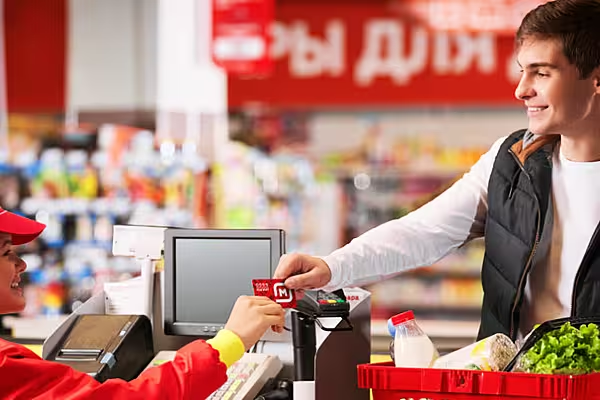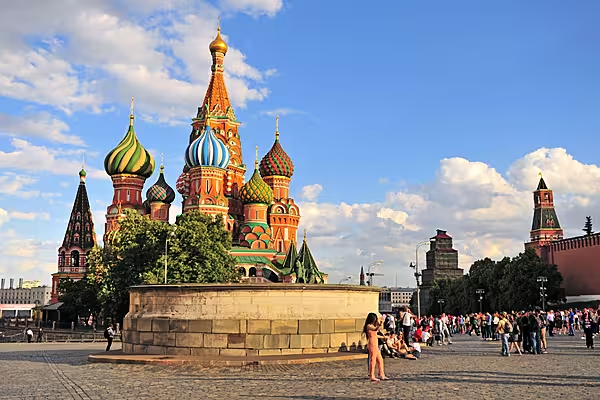The Russian food retail market is in line for a 'decent outlook' in 2021, despite the challenges presented by COVID-19, according to a new report by Sova Capital.
Noting that the Russian food retail market grew by 1.7% in nominal terms in 2020, the slowest pace in modern history, Artur Galimov, senior analyst with Sova Capital said that large chains are benefitting the most from the pandemic-related 'new normal'.
'COVID-19-related tailwinds and altered consumption patterns created an extremely benevolent environment for large chains, leading to an acceleration in their consolidation of the market,' he wrote.
'Although we expect 2021 to be a year of normalisation with slower growth and lower margins for food retailers, some residual positive effects from COVID-19 will continue to support the likes of X5 and Magnit at least in 1H21.'
According to Galimov, smaller, independent stores saw their revenue drop by c.30% YoY in April-May 2020 as the first lockdown of 2020 took hold. As a result, COVID-19 squeezed many non-chain food stores out of the market, which fostered the accelerated consolidation by the industry’s biggest players.
Another consequence of the lockdown was the massive shift to remote working, as well as closed borders during the summer vacation period and the hit to the HoReCa segment, which led to increased food consumption at home.
Overall, this helped Russia’s top 10 food retail chains increase their market share by 4% in 2020, totalling c. 38% according to INFOLine data.
Market 'Normalisation'
A post-COVID-19 normalisation should follow in 2021, according to Sova Capital, with the food retail market set to grow c. 6% YoY in nominal terms and c. 0.7% YoY in real terms.
Food inflation is likely to peak at c. 6.7% in the early parts of the year before decelerating to c. 4% towards the year-end.
The monthly performance of food retail sales is set to be very volatile, Galimov added, with a possible YoY decline in March due to stockpiling a year ago, followed by a strong recovery in April-May.
'High infection rates, remote working, health safety issues and the remaining restrictions on the HoReCa segment mean that COVID-19 is likely to continue to positively affect the performance of food chains, at least in 1H21,' he wrote.
'At the same time, we believe that the pricing environment will become more aggressive in 2021 after subdued promos in 2Q20 and 3Q20, which should lead to more pressure on retailers’ margins this year, all else being equal.'
Market Leaders
Sova Capital also predicted a strong 2021 for retailers X5 and Magnit, the two largest chains in Russian food retail.
X5 benefited greatly from having a wide variety of stores – including everything from hypermarkets to convenience stores – however some of its outlets may need to pivot away from food-to-go and in-store cafés.
More pressure on profitability is likely for the two chains due to lower like-for-like and sales density growth, a gradual step-up in promotions, and faster cost inflation.
Overall, X5 is set to show revenue growth of 10.6% YoY, with Magnit showing similar growth at 9%, which will be mostly driven by expansion in the case of Magnit.
'We forecast a YoY contraction in the EBITDA margin for X5 and a flat margin for Magnit (as market pressures should be negated by continued business improvements, we think)," says Galimov. 'We also expect weaker FCF generation this year due to increased capex requirements for both chains.'
© 2021 European Supermarket Magazine – your source for the latest retail news. Article by Conor Farrelly. Click subscribe to sign up to ESM: The European Supermarket Magazine.














